
American Deep State Out to Sabotage India-USA Relationship?
 Fri, 14 Oct 2022
| Reading Time: 6 minutes
Fri, 14 Oct 2022
| Reading Time: 6 minutes

Recently the US embassy in Islamabad went on a social media overdrive. In a series of tweets over three days, they highlighted the US ambassador to Pakistan, Donald Blome’s 2-4 October visit to Pakistan-occupied Kashmir (PoK). This was the second high-profile visit by any U.S. official since April. Despite knowing the sensitivities associated with PoK, Blome not only visited PoK but also kept calling it Azad Jammu and Kashmir (AJK). The controversy had not even died down when German Foreign Minister Annalena Baerbock added fuel to the fire by uttering — Germany has a role and responsibility with regard to the situation of Kashmir.
The $450 million F-16 fighter jet fleet sustainment program for Pakistan, as well as these utterances by various U.S. and Western officials, are not just plain provocations but a well-thought-out strategy to keep India off balance.
Indian Institute for Mass Communication in its media journal Communicator shows how western media outlets such as Washington Post, The New York Times, BBC, Wall Street Journal, Time magazine, The Guardian, and many others are used by the western governments to portray India with divisive and negative reporting repeatedly. They hover short of being racist on Indian culture and religion, but their primary target remains the Indian government.
The Indian External Affairs Minister (EAM) S Jaishankar responded to the unnecessary U.S. provocations — “It’s really for the United States today to reflect on the merits of the U.S.-Pak relationship and what they get by it. When you are talking of an aircraft like a capability of an F-16 that everybody knows, you know where they are deployed and their use. You are not fooling anybody by saying these things.”
The Flawed American Thinking
U.S. President Biden lacks bonhomie with Indian Prime Minister Modi. This has further pushed his administration on a flawed “one step forward, two steps backward” trajectory.
David Moschella is a non-resident senior fellow at ITIF. In April 2021, he co-authored a report, “India Is an Essential Counterweight to China—and the Next Great U.S. Dependency.” The writers presented four relationship scenarios between India and the USA — India as a market, India as a supplier, India as a global player, and India as a competitor.
From the recent American activities, it seems several people in the Biden administration have started concentrating on the last scenario and started treating India as a threat, even before the relationship could blossom. Are they trying to sabotage the association for the sake of their personal business interests in China, or are there some other motives? Only time will tell. Because these actions are against the U.S. national interests, they would not jeopardize a well-crafted relationship for over 20 years, just over a few comments by the Indian officials.
It is a known fact that for over 50 years, the India-U.S. relationship was never on an even keel; however, the March 2000 visit of President Bill Clinton to India turned a new chapter in the relationship. The two countries never looked back after that. So why, all of a sudden, a flurry of anti-India activities against indispensable India in almost all the Western nations? Write-ups in their newspapers, terrorism and rioting against Hindus in the U.K., pushing the Khalistan agenda in the U.K. and Canada, and Germany’s ridiculous and untimely demand for the resolution of the Kashmir issue is a clearcut indication of the rise of anti-India activities.
Important Relationship Milestones India-USA
Following are some of the critical steps both countries took in the last two decades:
- 2002 agreement to safeguard shared military information
- 2005 President Bush’s visit
- 2008 signing of 123 agreement (famously known as the US-India Civil Nuclear Agreement)
- 2010 first U.S.-India Strategic Dialogue. Secretary of State Hillary Clinton: India is an indispensable partner. President Obama: the relationship will be a defining partnership in the twenty-first century
- 2010 and 2015 President Obama’s visit and Obama’s backing of India’s bid to the United Nations Security Council
- 2020 President Trump’s visit
- Some Agreements and Memorandums:
- 2011 Cybersecurity Memorandum
- 2016 India, a major defense partner
- 2016 and 2018 logistics and secure-communication pacts
- 2018 Communications Compatibility and Security Agreement (COMCASA)
- 2020 Basic Exchange and Cooperation Agreement (BECA)
All Promises No Substance
Despite various initiatives and sweet-talking in the last decade or so, there has been hardly any real progress on the ground. Some of the initiatives that are stuck in the American bureaucratic process are:
- Next-generation Raven Mini UAVs — Low tech and rejected by the Indian Army
- Roll-on and roll-off kits for C-130 transport aircraft
- Mobile electric hybrid power source systems and protector kits against chemical, bio, and nuclear fallout
- Jet engine technology collaboration for future indigenous fighter aircraft, no transfer-of-technology (ToT), instead the US pushed for a ready-made aircraft
- Air-launched Small Unmanned Systems
- Light Weight Small Arms Technology
- Intelligence, Surveillance, Target Acquisition & Reconnaissance (ISTAR)
- Maritime Domain Awareness Solution
- Virtual Augmented Mixed Reality for Aircraft Maintenance (VAMRAM)
- Terrain Shaping Obstacle
- Counter-UAS, Rocket, Artillery & Mortar (CURAM)
Additionally, four defence sub-groups were created to speed up the process of cooperation:
- Land Systems
- Naval Systems
- Air Systems
- Aircraft Carrier Technology Cooperation
On the technology and trade front, the initiatives remain just the acronyms:
- US-India Strategic Tech Alliance (USISTA)
- US-India Artificial Intelligence (USIAI) Initiative
- India-US Science and Technology Forum (IUSSTF) Initiative
- Global Partnership on Artificial Intelligence (GPAI)
- High Technology Cooperation Group (HTCG)
- Strategic Trade Authorization (STA)
- Industrial Security Annex (ISA)
From the preceding, it is amply clear that India and the U.S. have had plenty of dialogues and pacts but no real work on the ground. A decade is a long time; the United States has not taken any concrete steps to indicate its sincerity. This has added to the frustration of the Indian leadership. The situation reminds me of a famous dialogue from Indian movie star Sunny Deol’s movie ‘Damini’: “Tarikh par tarikh, milti rahi hai … lekin insaaf nahi mila my lord, insaaf nahi mila (date after date but no justice my lord).
You Can’t Ignore India Any More
It doesn’t take a trained eye to conclude which is the most important nation in the Quad that can take on China in the future. The United States has to relook at the advisers who are misguiding the American leadership of going against India. It is amply clear that despite Japan’s technical acumen and Australia’s abundant natural resources, none of them have the ability, geographical location, military might, and technically skilled workforce to help out the U.S. in a future conflict with China.
The post-pandemic recovery in India has been exceptionally well handled, along with the high economic growth rate as predicted by the IMF. This should have bolstered the United States to strengthen the relationship rather than sabotage it. India and the U.S. should have partnered with new vigor to reduce their dependence on China rather than becoming competitors.
In the last decade, India has taken significant steps to shed the “world’s back office” image. It has progressed well in research and development, innovation centers, machine learning, analytics, product design and testing, and other areas, especially IT and life sciences.
India’s World Bank’s Ease of Doing Business ranking has improved from 142 in 2015 to 63 (out of 190 countries) in 2022. Institute of Management Development’s (IMD) 2022 annual World Competitiveness Index has shown steady growth for India, ranking 37 out of 63-nation list. The exports, presently at $400 billion, will likely jump substantially to one trillion by next year.
The United States, as an advanced nation, has to show some concrete steps to Indian leadership and the public. The $145 billion of India-U.S. trade is equivalent to just 0.6% of their combined GDP. Whereas China-U.S. trade, which was $736 billion in 2018, is 2.3% of their combined GDP or four times larger than India US trade. This is a considerable gap, which promises scope for improvement, and at the same time, casts doubt on the U.S. intent. Why do the numbers not corroborate with the intent and promises?
The world’s reputed professionals have been vouching for India for a long time. The professor of South Asia studies at Johns Hopkins University, Joshua T. White, in his white paper, says — the Middle East and the western Pacific have been the U.S. priority until now. Still, South Asia is emerging as one of the most active new competitive domains in which China is rapidly expanding its influence. Chinese infrastructure and port investments in South Asia under the Belt and Road Initiative (BRI), some of which may have military utility and could be a real threat in the future.
Conclusion
Strangely, since the re-emergence of the Quad in 2017, the group is finding it hard to identify a foundational philosophy. India is the only country among the Quad members that directly shares a disputed land border with Tibet (China). Therefore, India doesn’t want to be seen as part of an arrangement that is overtly against China, and despite that, it stands with the Quad. Three facts emerge from this sentence — India feels most threatened by China, India understands that Quad would not come to fight an India-China war, and India feels confident to handle the situation independently.
The United States is the key to the whole issue. It has to take the lead and set the agenda of the Quad. Today, the group’s energy is scattered on various concerns, including terrorism, climate change, COVID-19, etc. But the future of Quad is only an alliance to subdue China. The four leaders may ignore that fact as much as they like.
To sum it up, the United States needs to do the following:
- Urgently need to improve its image in India, which is at its nadir. Assure the masses with its action that the U.S. is a dependable partner.
- Facilitate India in a leadership role in international institutions. That would reduce the space available to China to monopolize economic or security ties with countries in the Indo-Pacific. This would also limit China’s ability to coerce India and other states in South Asia.
- Help India modernize its military to meet the demand for systems that can be networked across domains in a modern war.
- India could be the fifth largest economy in the world, but still, it lacks the fiscal space due to much of the defence budget being committed to pay and pension. Therefore, self-reliance is the only option available to India. The U.S. must partner with India to set up defence industries to help it achieve those goals.
- Last but not least, the U.S. has to understand that India has seven decades-long relationship and military dependence on Russia. It cannot do away with it in a jiffy.
“A strong India is not a threat to any nation; instead, it could become USA’s most trusted ally in the region. A strong India would be a deterrence to China’s hegemonic, ambitious, and dangerous designs in the Indo-Pacific” ~ Insightful Geopolitics
******************
Disclaimer
The opinions expressed in this article are the author’s own and do not reflect the views of Chanakya Forum. All information provided in this article including timeliness, completeness, accuracy, suitability or validity of information referenced therein, is the sole responsibility of the author. www.chanakyaforum.com does not assume any responsibility for the same.
Chanakya Forum is now on . Click here to join our channel (@ChanakyaForum) and stay updated with the latest headlines and articles.
Important
We work round the clock to bring you the finest articles and updates from around the world. There is a team that works tirelessly to ensure that you have a seamless reading experience. But all this costs money. Please support us so that we keep doing what we do best. Happy Reading
Support Us





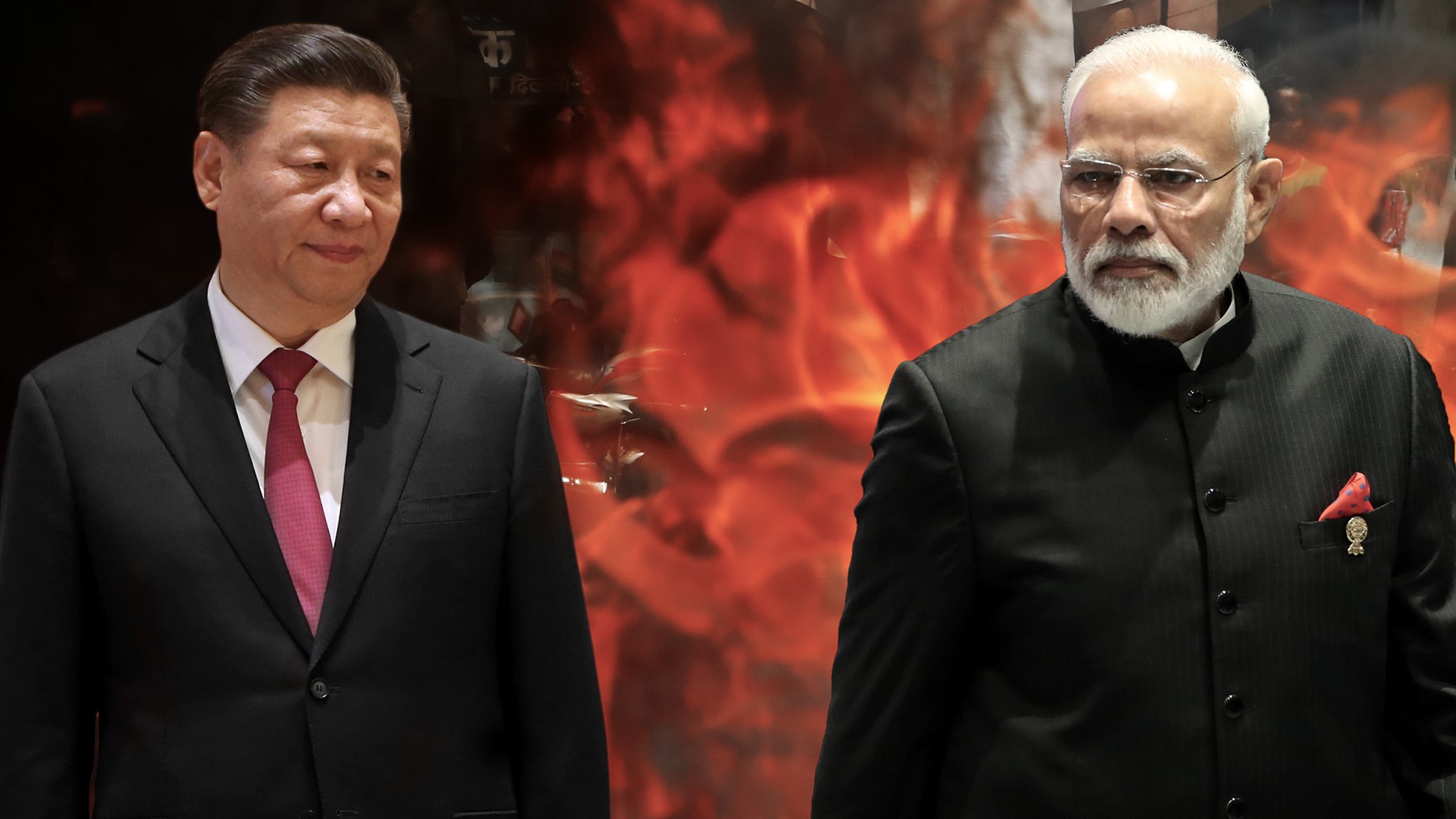
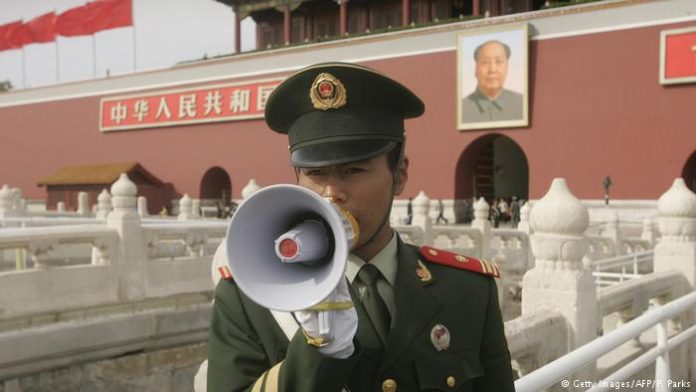
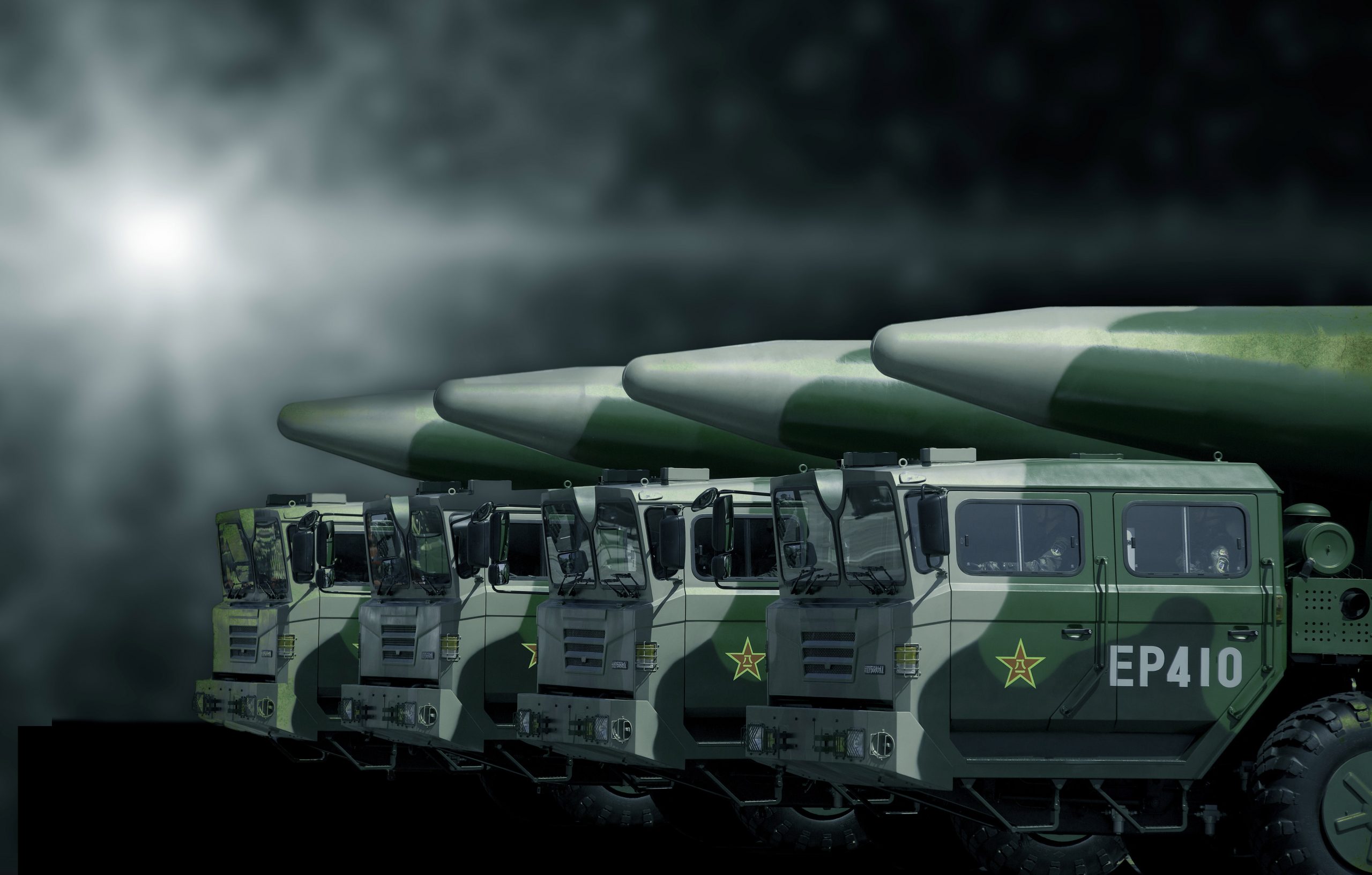

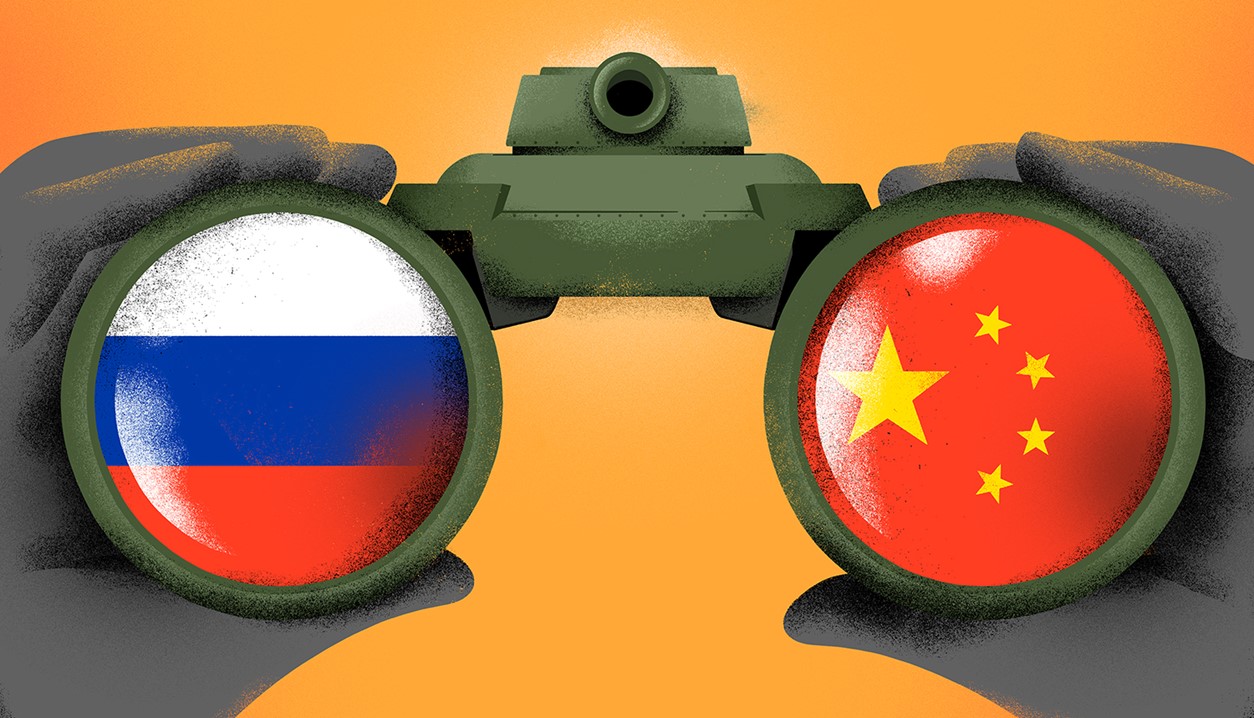

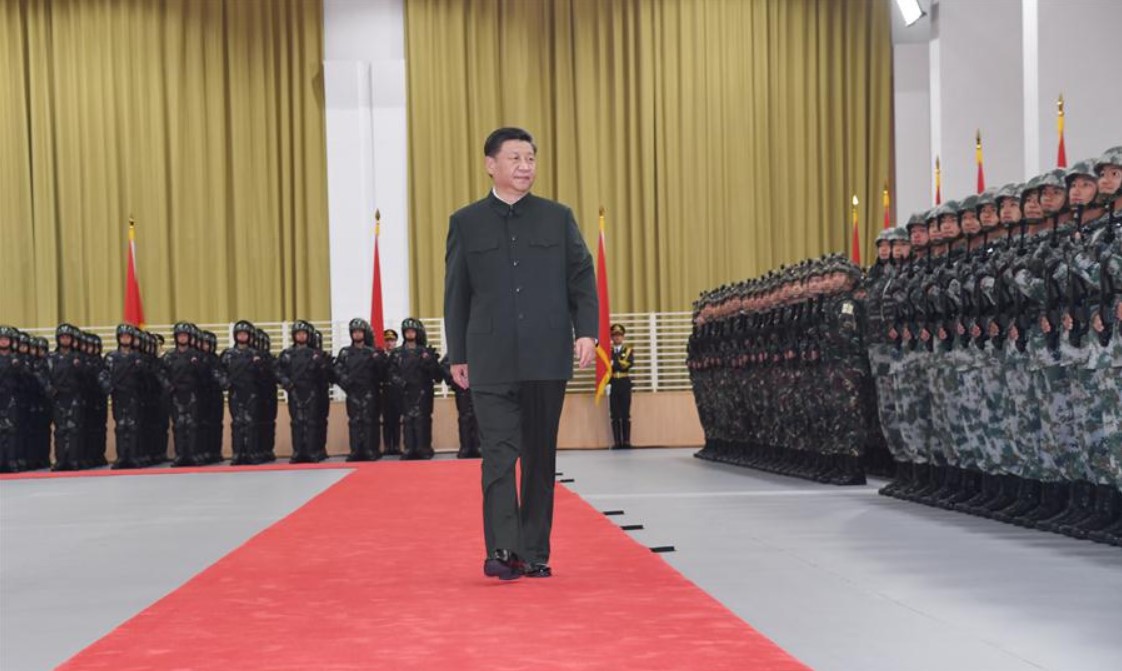
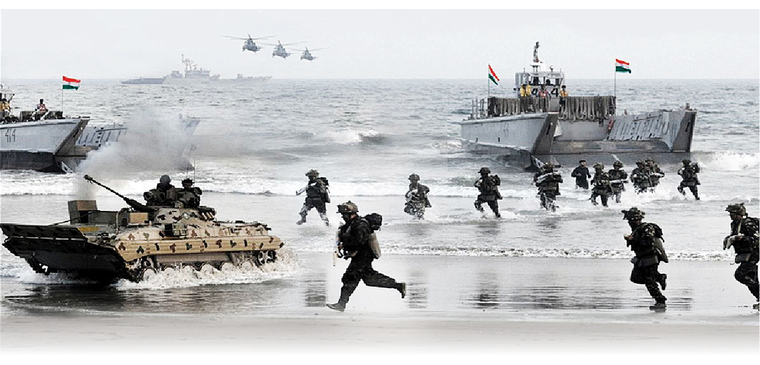

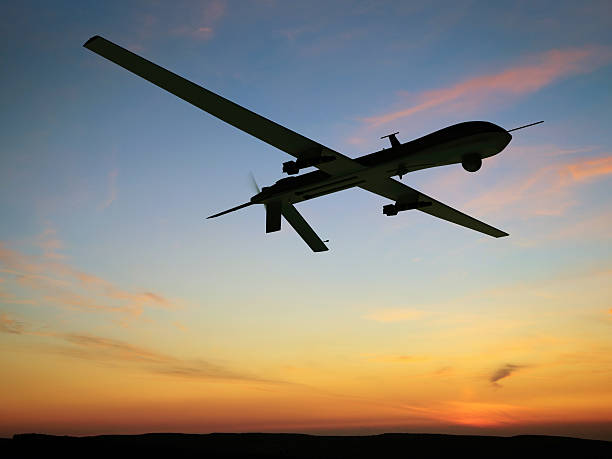






POST COMMENTS (23)
D'Nanda Panda
Col Sailesh Kumar(Retd)
ST
ST
Michael Newberry
Bhalachandra Shirolkar
Chanchal Chakraborti
Romina
Capt Vinod Sivadasan (Indian Navy Veteran)
Wendell Bruges
Cdr Ravi Mathews
Cdr Deepak Singh
Air Mshl S P Singh
Raman Gupta
CDR MUSTAFA DHOONDIA
Hemant Kumar
Gp Capt TR Ravi VM (Ret'd)
Mohit Chaturvedi
B Raja
Narinder Pal Singh Hora
Aninda Mukherjee
AMIT KHOSLA
Sreenivas